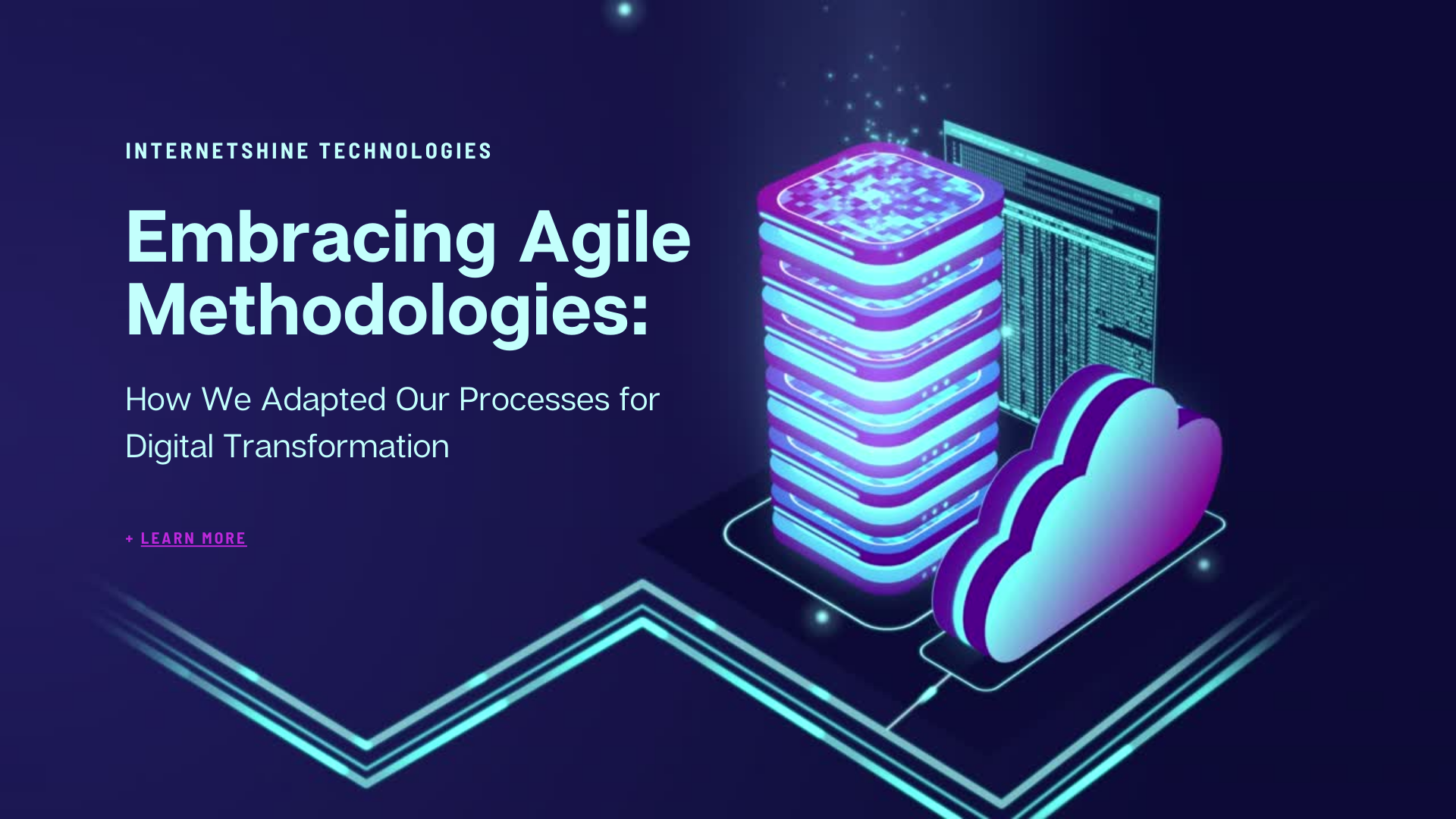Embracing Agile Methodologies: How We Adapted Our Processes for Digital Transformation
Embracing Agile methodologies has become essential for organizations navigating the complexities of digital transformation. This blog explores how we adapted our processes to leverage Agile principles effectively, enhancing our responsiveness and collaboration in a rapidly changing environment.
Understanding Agile Methodologies
Agile methodologies emerged in the early 2000s as a response to the limitations of traditional project management approaches, which often resulted in inflexible plans and extended development cycles. Agile focuses on iterative development, customer collaboration, and adaptability to change, making it particularly suitable for the dynamic nature of digital projects. The Agile Manifesto outlines core principles that prioritize individuals and interactions, working software, customer collaboration, and responsiveness to change over rigid adherence to plans.
The Need for Adaptation
As we embarked on our digital transformation journey, we recognized that our existing processes were not equipped to handle the rapid pace of technological change. Traditional methods led to long feedback loops and delayed responses to market demands. To address these challenges, we decided to implement Agile methodologies tailored to our specific needs.
Key Steps in Our Agile Adoption
- Tailoring Agile to Our Context: We began by selecting Agile frameworks that aligned with our organizational culture and project requirements. Scrum and Kanban were chosen for their flexibility and ability to foster collaboration among cross-functional teams.
- Iterative Development: We shifted from a linear project approach to iterative cycles, allowing us to develop Minimum Viable Products (MVPs) quickly. This enabled us to gather user feedback early and make necessary adjustments, enhancing the relevance and effectiveness of our outputs.
- Establishing Cross-Functional Teams: By creating cross-functional teams that included members from various departments, we broke down silos and ensured that all perspectives were considered in decision-making. This collaboration was crucial in aligning our training and development efforts with the latest technological advancements.
- Daily Stand-Ups and Continuous Feedback: Implementing daily stand-up meetings facilitated open communication and quick identification of potential roadblocks. This practice not only improved team cohesion but also ensured that everyone remained aligned with project goals.
- Maintaining a Flexible Backlog: We developed a prioritized backlog of tasks that we regularly reviewed and adjusted based on ongoing feedback and changing project requirements. This adaptability allowed us to focus on the most critical needs and respond promptly to new challenges.
Benefits Realized from Agile Implementation
Adopting Agile methodologies resulted in several significant advantages for our organization:
- Enhanced Flexibility: We became more responsive to changing market conditions and customer needs, allowing us to pivot quickly when necessary.
- Improved Collaboration: The emphasis on teamwork and communication fostered a more collaborative environment, leading to higher morale and engagement among team members.
- Increased Customer Satisfaction: By involving customers in the development process and incorporating their feedback, we were able to deliver products that better met their needs, ultimately enhancing satisfaction.
- Accelerated Time to Market: Our iterative approach enabled us to bring products to market faster, giving us a competitive edge in the digital landscape.
Conclusion
Embracing Agile methodologies has transformed our approach to digital transformation, allowing us to navigate complexities with greater ease and efficiency. By tailoring Agile principles to our specific context, we have enhanced our adaptability, collaboration, and overall success in delivering impactful solutions. As we continue on this journey, we remain committed to fostering an Agile mindset that prioritizes continuous learning and improvement, ensuring we stay ahead in an ever-evolving digital world.

